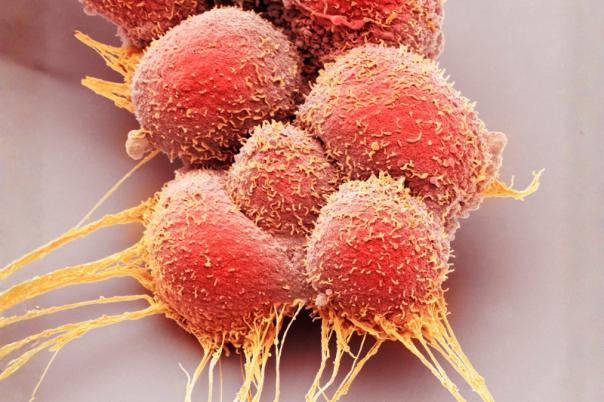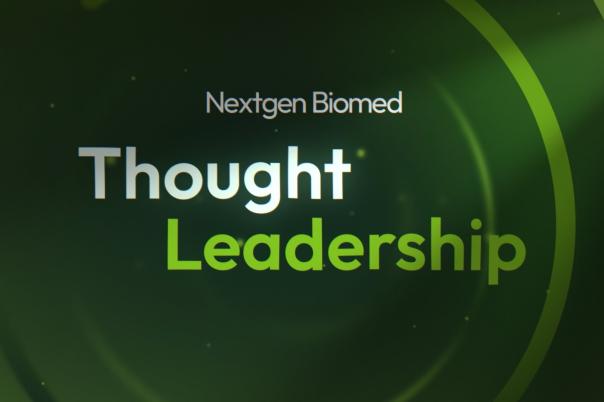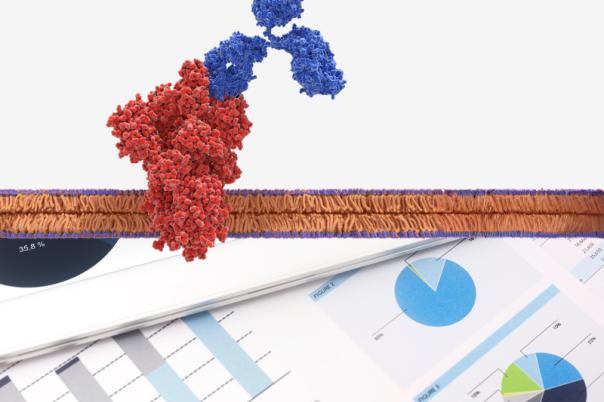Rebecca Croasdale-Wood, Senior Director Biologics Engineering at AstraZeneca, talked us through how her company is currently working on integrating AI into their biologics discovery workflows. She began by explaining how her company is currently transitioning from using fully traditional wet lab methods, to using in silico, AI and machine learning capabilities, particularly in the design, selection, and optimization stages.
She said that despite using new technologies, their aims remain in the same direction: “These may be novel methods, but our overall goal is the same: We want to identify clinically impactful medicines quicker and have efficient generation of high-quality leads.”
The integration of AI into AstraZeneca's biologics discovery workflows involves four core elements: high throughput data generation, validation, automation, and centralized data stores. Croasdale-Woods said that centralized data stores underpin the whole workflow: “those centralised data stores, optimising data flow, custom tools, system integrations, are all the foundation that you must lay.”
Another critical aspect of Croasdale-Wood’s presentation centred on AstraZeneca’s deep screening technology which is used to identify hits that traditional platforms might miss, providing a broader sampling and higher number of target-specific binders.
“Because it's NGS sequencing, we have all the sequences in the libraries; We have all that negative data and all that positive data. We can use that data rich information to start to build and train our machine learning models.”
The presentation also details how machine learning is used for AstraZeneca’s library design. Because there are often vast quantities of hits, this involves zero-shot lead optimization and hit selection, helping to efficiently generate high-quality leads.
“Because the platform generates often 300,000 hits, how do you possibly select from that? You use machine learning, or we do. We've been using neural networks.”
Finally, Croasdale-Wood delved into developability prediction: High throughput structure prediction and machine learning algorithms which are employed to predict and address developability issues early in the process, saving time and resources.
“What we find is we can have the best antibody sequences in the world with great function. But if we can't manufacture them, they will never be a therapeutic. So, we pay close attention to developability, and we work in MLAB closely with the biopharmaceutical development team.”
Croasdale-Wood said the earlier AstraZeneca can identify those developability issues, the more time and money they will save.





